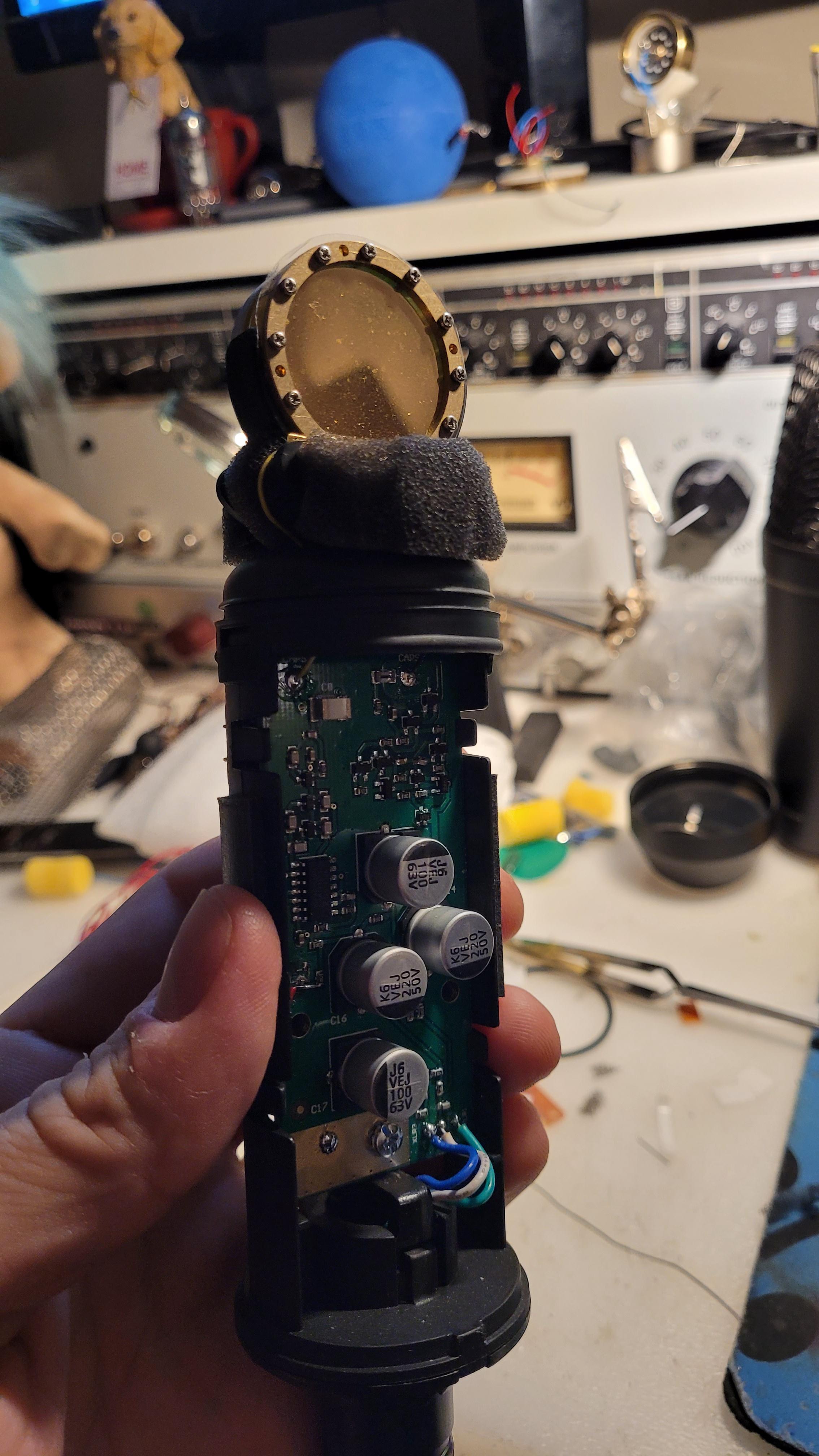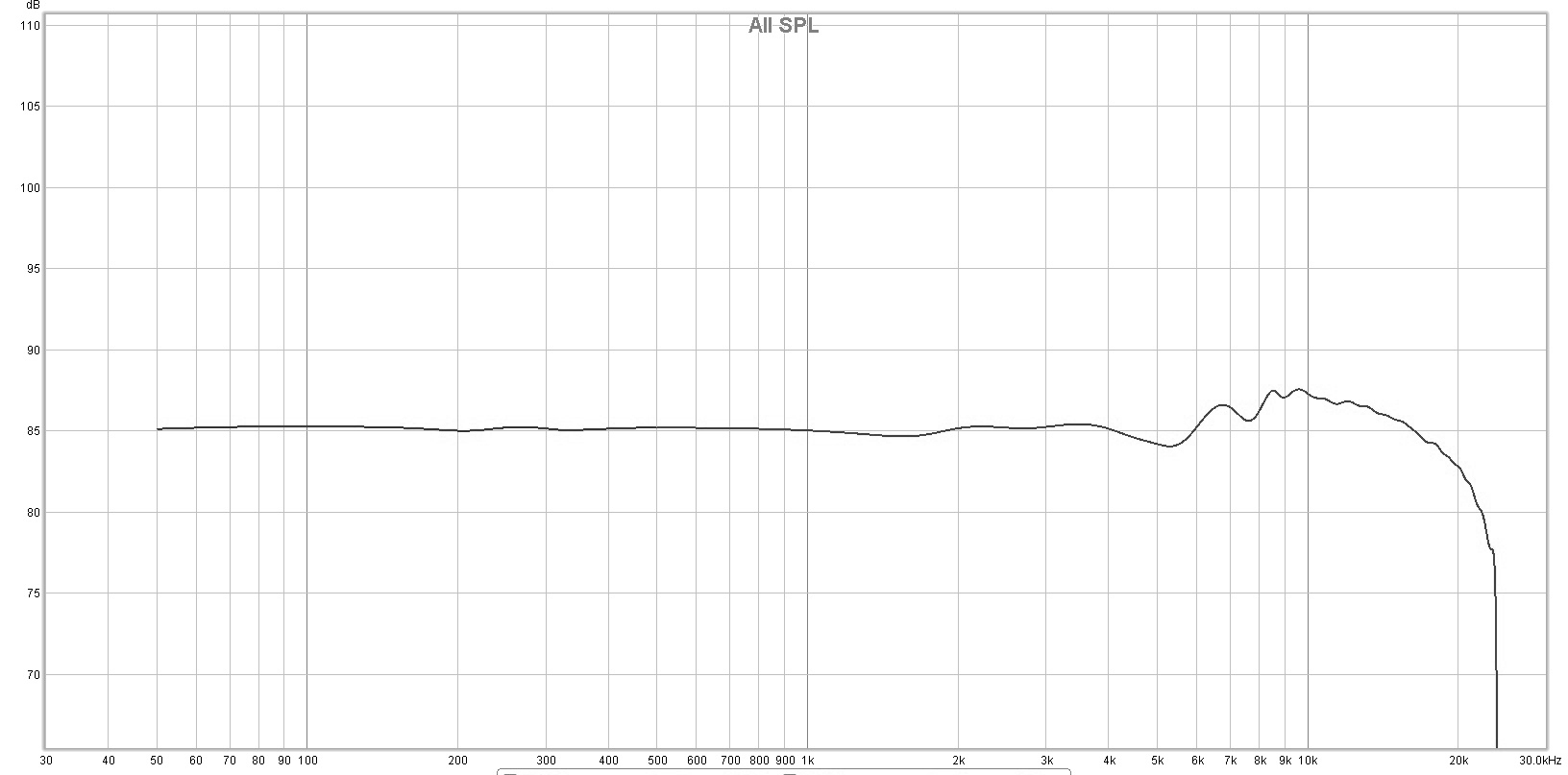Their backplate/phase network is just a rip off of bad chinese designs. Their 70v polarisation voltage means compromises have to be made to the membrane/backplate relationship in order to keep them from collapsing. Their designs of capsule mounts are the worst, just laughable.
Many years ago I had discussions with Rode about designing some capsules for them and they were in total denial that their was anything wrong with their capsules. They are typical electronic oriented engineers and seem to see the capsule as just a capacitor, which if the specs are right, for the right price, work properly















